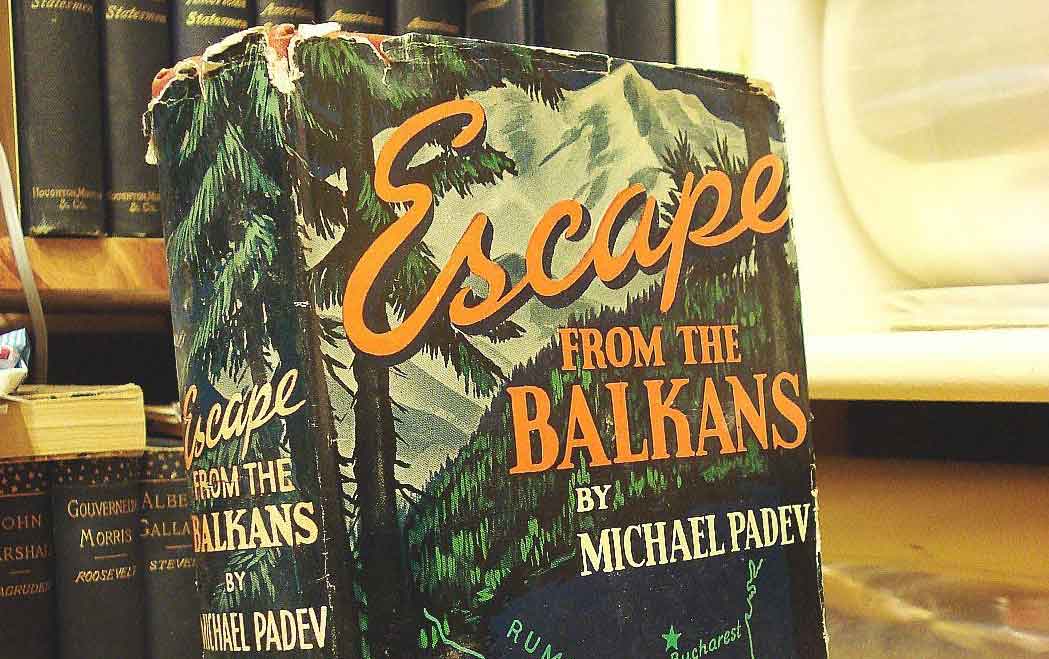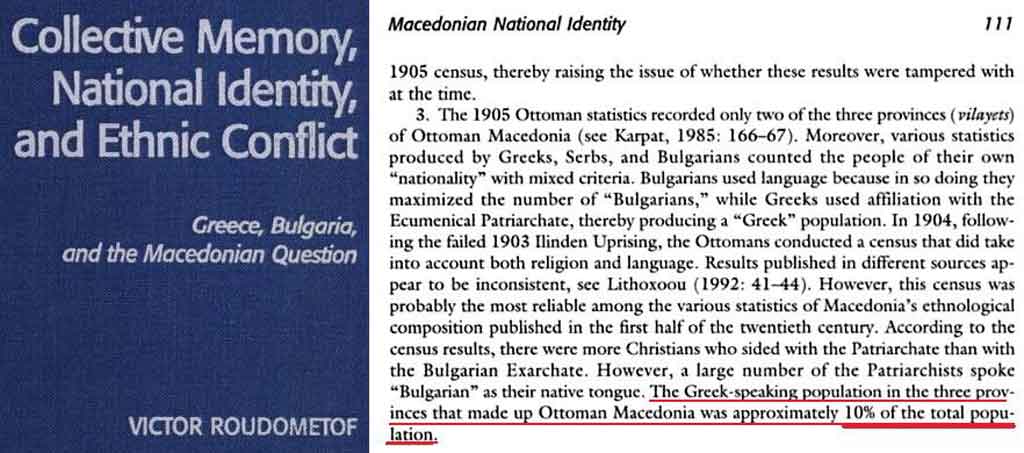Research: old part of Ohrid was an island and Lake Ohrid was wider
.jpg)
The old part of Ohrid or ancient Lychnidos on Lake Ohrid in Macedonia was an island in the period from the late Bronze Age to the arrival of the Romans. This is shown by the geological and archaeological research carried out as part of the five-year project "Border studies, identity research and cultural contacts in the border area of ancient Macedonia". The project was led by the Archaeological Museum of Macedonia and the Institute of Classical Studies of Charles University in Prague, in cooperation with the German Archaeological Institute, the Geological Institute in Prague and the South Bohemian University from the Czech Republic and the Institute for Protection of Cultural Heritage and Museum of Ohrid. The head of the project, Pero Ardžanliev from the Archaeological Museum of Macedonia, explains in an interview with MIA that during the geological investigations in the plain, i.e. the part where modern-day Ohrid is located, lake sediments were discovered, this is the proo






